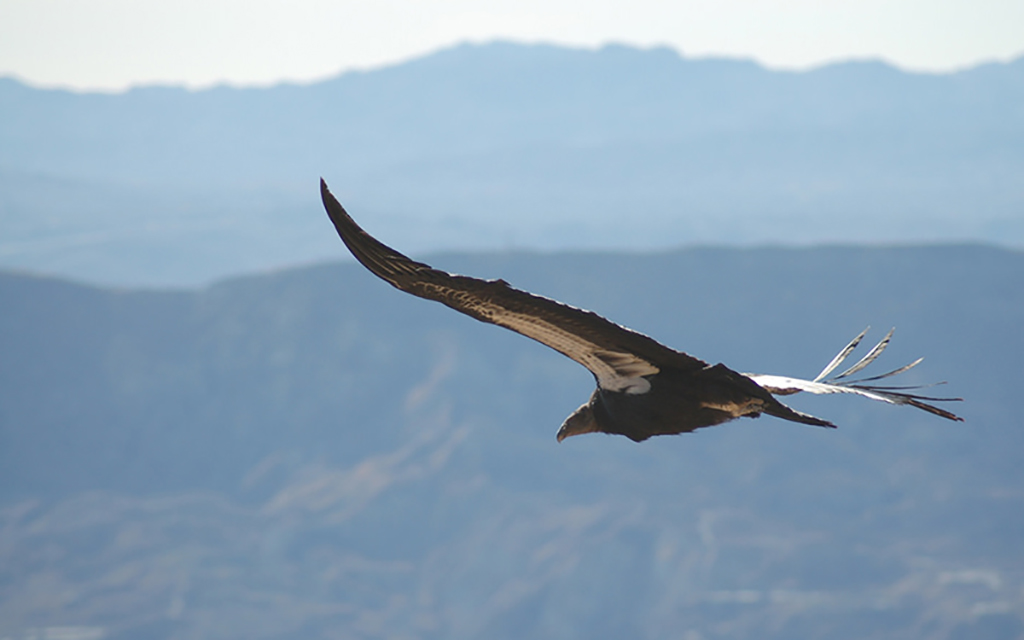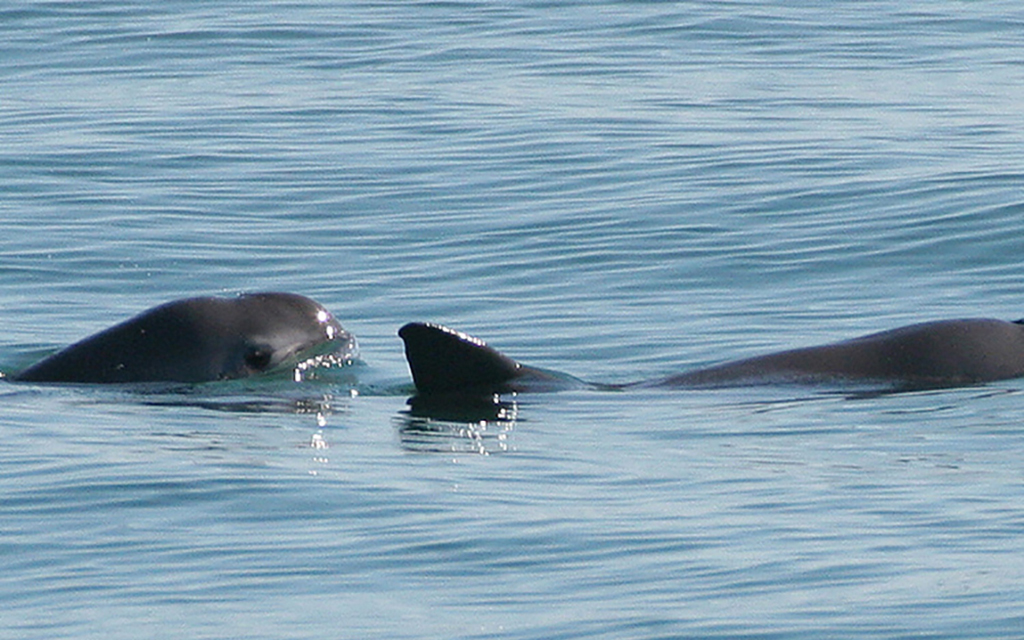
Environmental groups say spent lead ammunition poses a threat to many species, particularly scavengers like the highly endangered California condor. But a court has blocked their lawsuit that tried to force the U.S. Forest Service to impose a ban on lead shot in the Kaibab National Forest. (Photo courtesy U.S. Fish and Wildlife Service, Pacific Southwest Region)
WASHINGTON – The U.S. Forest Service cannot be required to prohibit the use of lead shot by hunters in the Kaibab National Forest, a practice that environmentalists say can poison and kill wildlife, including critically endangered California condors.
A three-judge panel of the 9th U.S. Circuit Court of Appeals ruled Friday that the service’s failure to ban the use of lead shot – which is allowed by Arizona regulators – does not make it a “contributor” to the presence of toxic lead in the forest. The decision upholds a lower court’s decision to dismiss the lawsuit.
“A decision by an agency not to regulate – whether the lack of regulation represents a conscious decision or a lack of initiative – is passive conduct,” said the ruling by Judge Jay S. Bybee. “In and of itself, nonregulation contributes nothing to the disposal of hazardous waste.”
The ruling is the latest twist in a decade-long court fight, by the Center for Biological Diversity and other groups, who claimed the Forest Service is violating the Resource Conservation and Recovery Act, a law that lets private organizations and individuals sue anyone who contributes to improper disposal of hazardous waste.
An official with the center said it was not only disappointed in the court’s decision, but also “profoundly disappointed in the Forest Service for their absolute refusal to do anything.”
“The rate of exposure and the amount of harm caused by lead ammunition is extreme for this population of endangered condors,” said Lori Ann Burd, the center’s environmental health program director. “The actions needed to protect them are eminently reasonable.”
But hunting groups welcomed the decision, the third by the circuit court in this case since it was filed in 2012.
“This was obviously a very tortured procedural history, but finally, well for now, the case has been dismissed by the 9th Circuit,” said Lawrence Keane, general counsel for the National Shooting Sports Foundation, which was a party to the lawsuit.
Michael Jean, with the National Rifle Association’s Institute for Legislative Action, said in a statement that the ruling “affirmed that the states have primary responsibility over wildlife management, including all aspects related to hunting.”
Lead ammunition poses a threat when it is left behind, either in the entrails of animals that have been field-dressed by hunters or in an animal that is shot and gets away but later dies. Animals that feed on those remains can ingest the lead, a toxin that can kill even if small fragments are eaten.
Recognizing the danger posed by lead ammunition, the federal government banned its use for hunting waterfowl more than 30 years ago, according to the ruling, but it has not regulated it elsewhere. The ruling said that even though the Forest Service has “broad authority to regulate hunting and fishing activities,” it rarely preempts state laws.
That has been the case in Arizona, where the Arizona Game and Fish Department has not prohibited the use of lead shot in the hunting of big game, but instead encourages hunters to use alternative ammunition. The state even provides that ammo to hunters who want it, and provides incentives to get hunters to remove “gut piles” after field-dressing their game.
“Arizona’s approach gets hunters on board as partners, and they willingly do it because they want to be a part of the solution,” said Tom Cadden, a spokesperson for Game and Fish. He said the voluntary approach ends up including about 90% of hunters, which he thinks is at least as effective as a mandated approach.
But one environmentalist said that even though the vast majority of hunters may not use lead, it only takes a little to threaten wildlife, particularly for condors who have been known to live past 60.
“Even if only like 0.5 % of carcasses are contaminated with lead, the probability that a condor would feed on a contaminated carcass over a 10-year period is still 85-98%,” said Kelly Burke, executive director of Wild Arizona, which is also part of the suit.
The circuit court also upheld the district court’s decision to reject an attempt by environmental groups to add state officials to the lawsuit, saying it was unlikely to affect the outcome of the case.
Burd said the center is reviewing the ruling, and had not decided whether to appeal, but Burke said she expects environmental groups to continue working – with hunters and regulators – to find a solution.
Keane said that environmental groups, “if left to their own devices, they’d ban hunting, period.” Jean called the ruling a “significant setback for gun-control and anti-hunting advocates as a pivotal leap in their agenda.”
Burd said opponents have no intention to ban hunting and called it “sad to see this issue so politicized.” But she and other environmentalists said it is sadder that endangered species will still be threatened by lead shot.
Burd said environmental groups have “ongoing great frustration that these birds that are near the brink of extinction continue to have to suffer as a result of the Forest Service’s determination to put its energy into fighting taking measures.”
The Forest Service did not immediately respond to a request for comment Tuesday.


